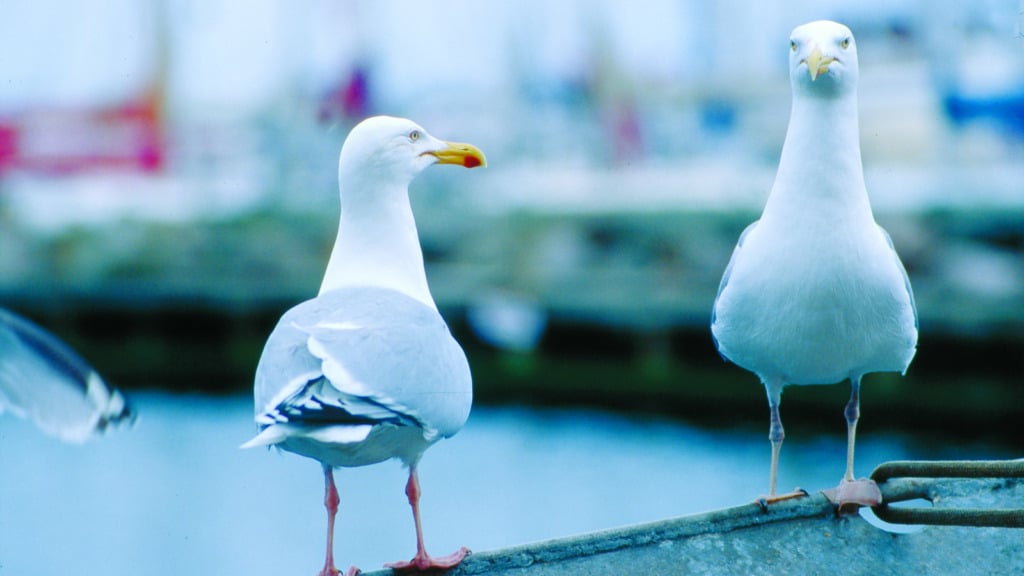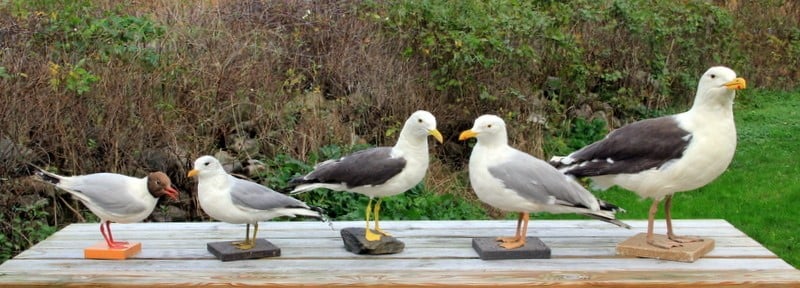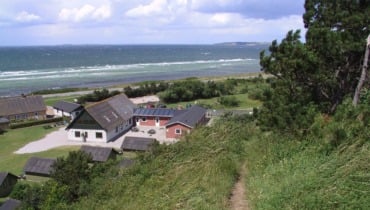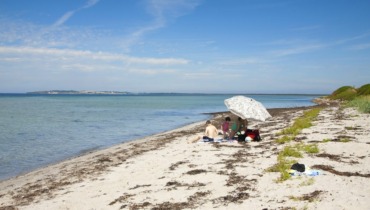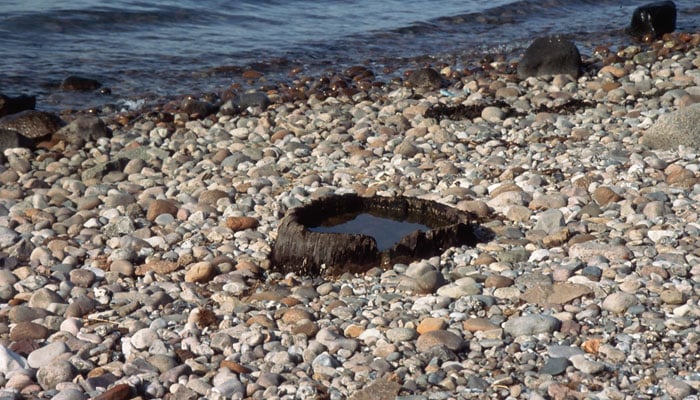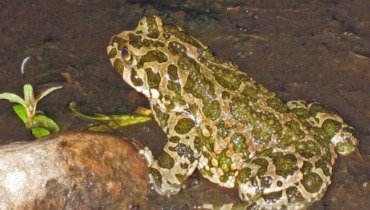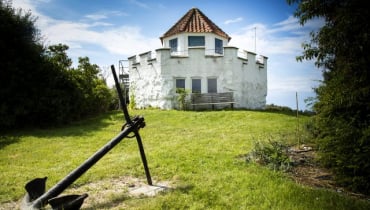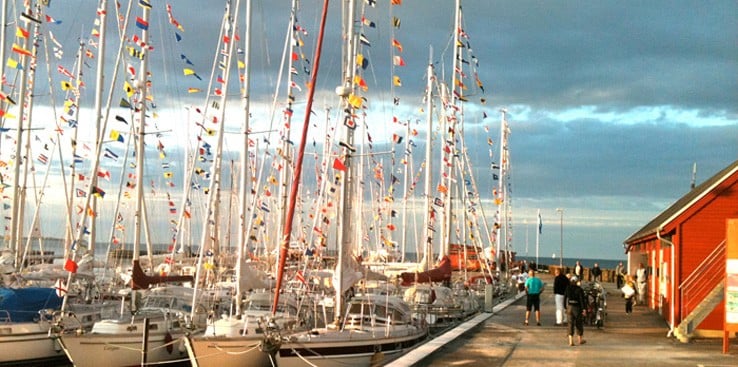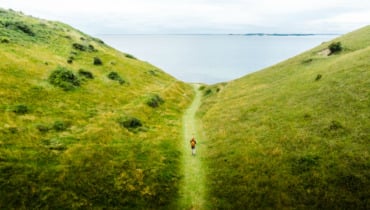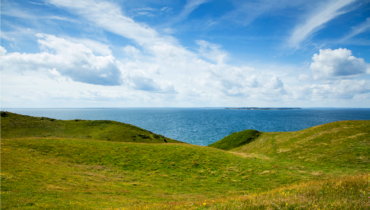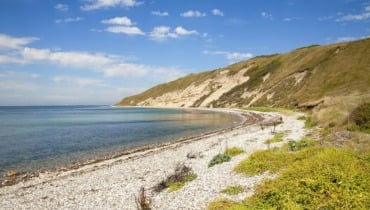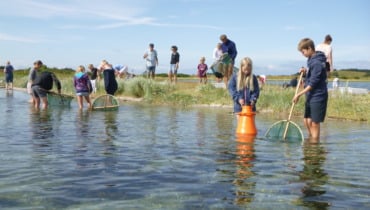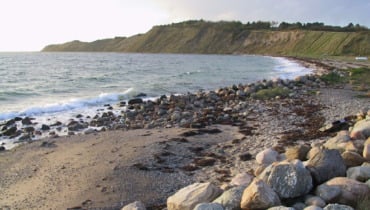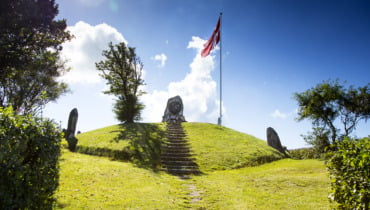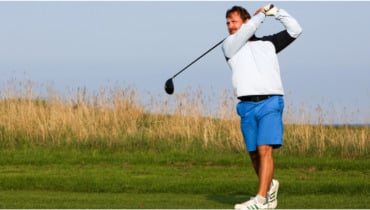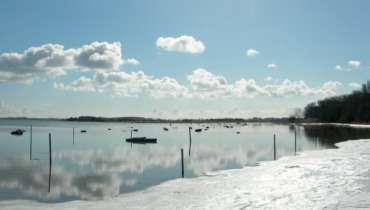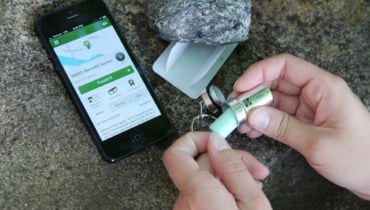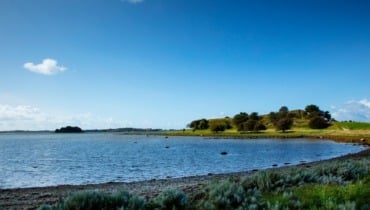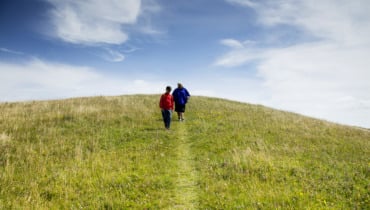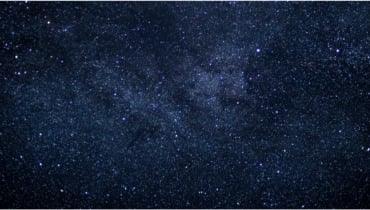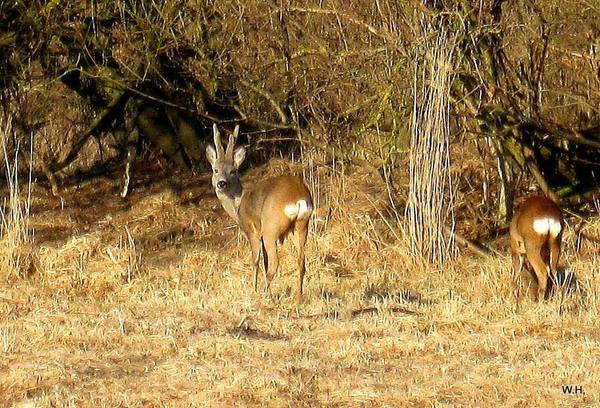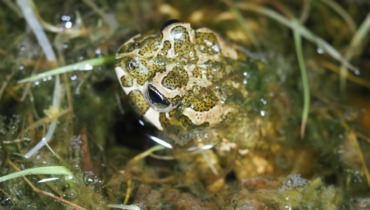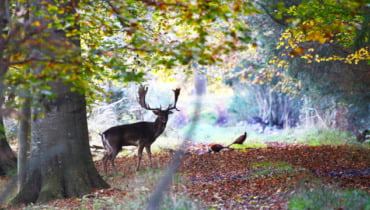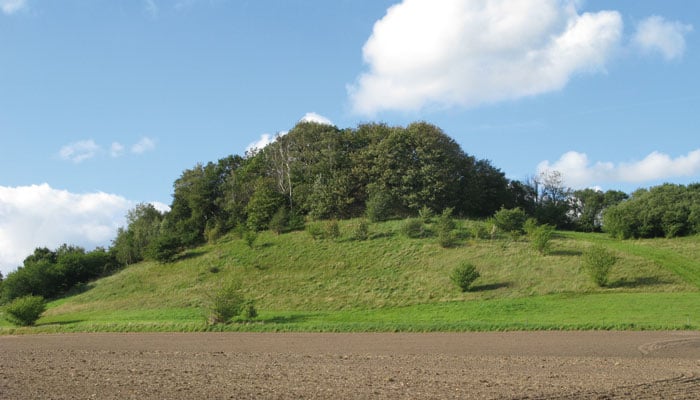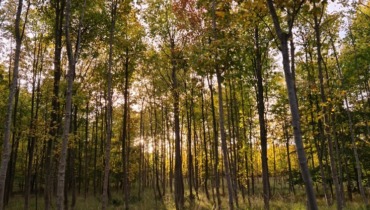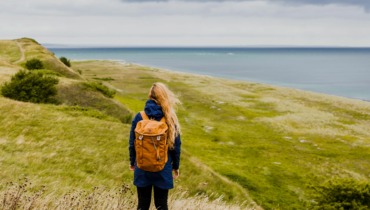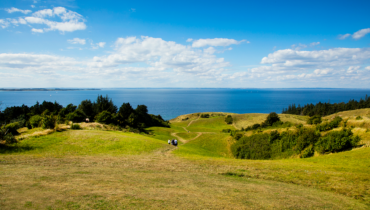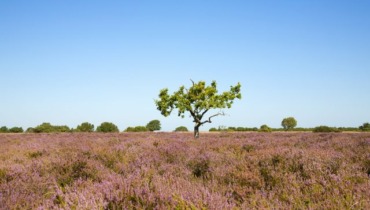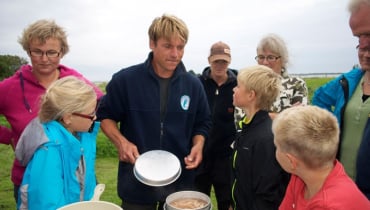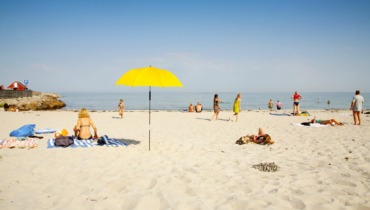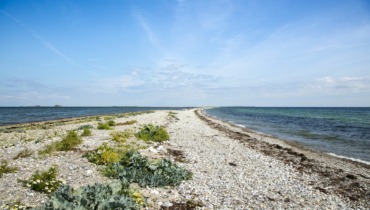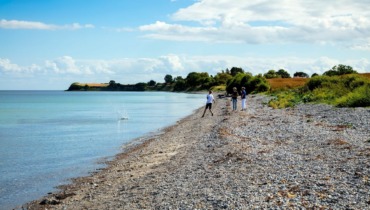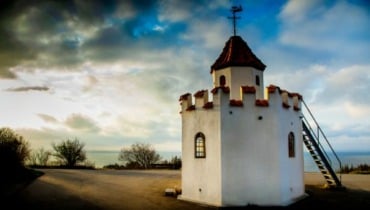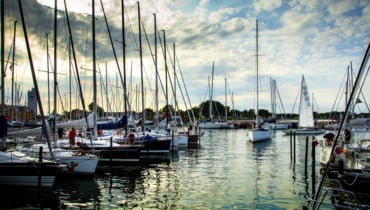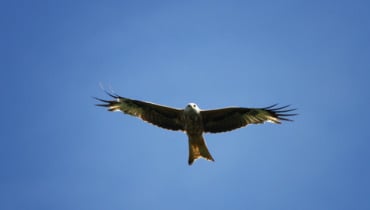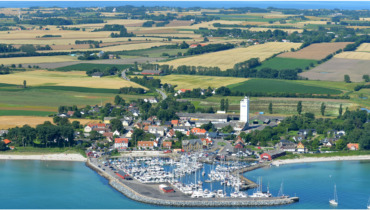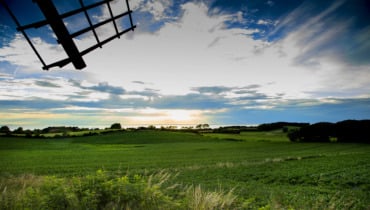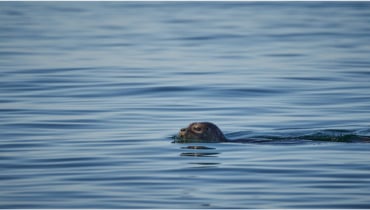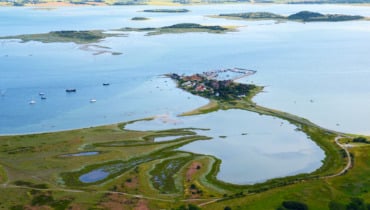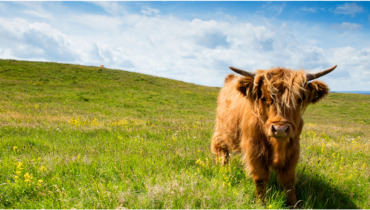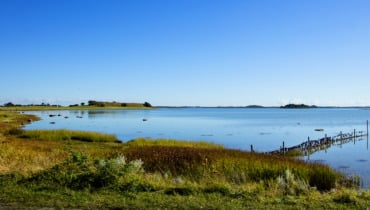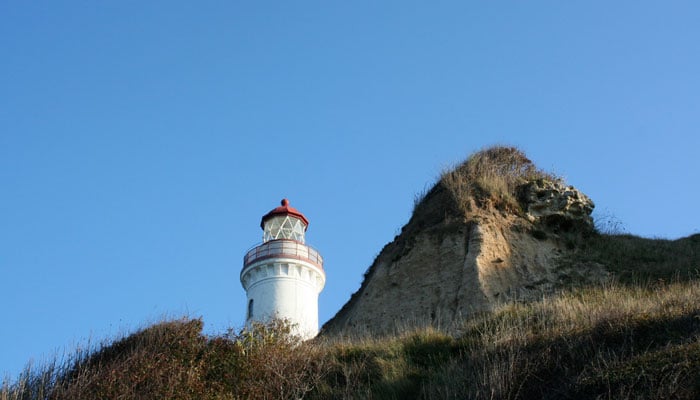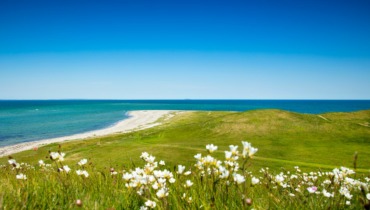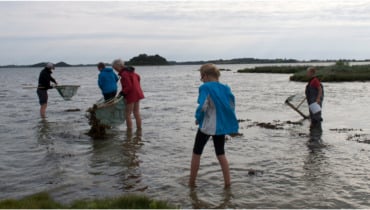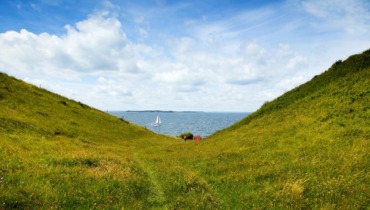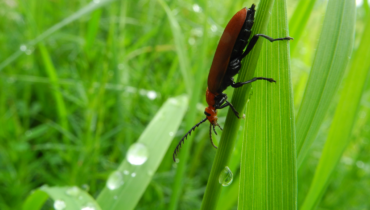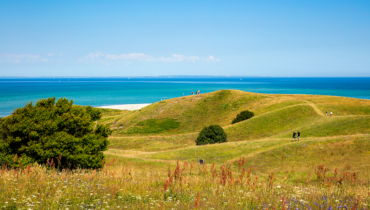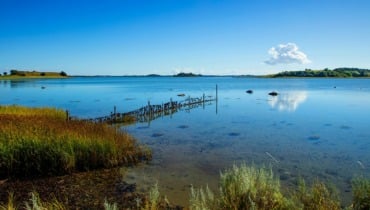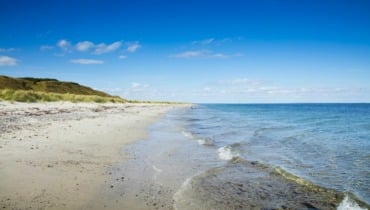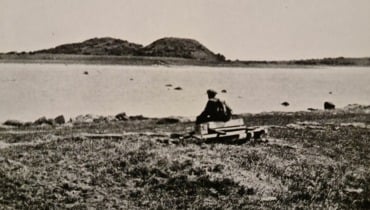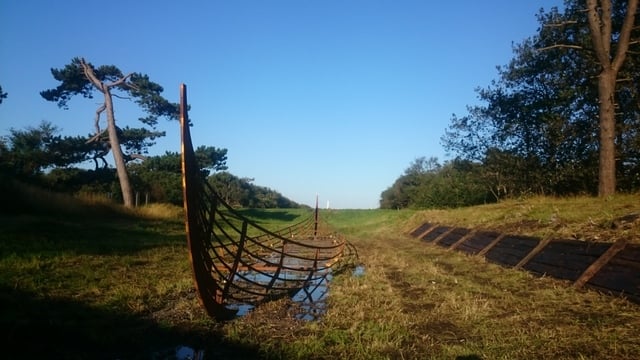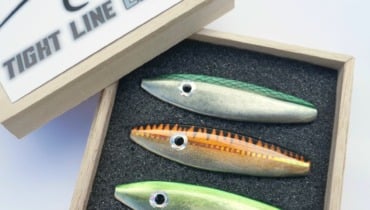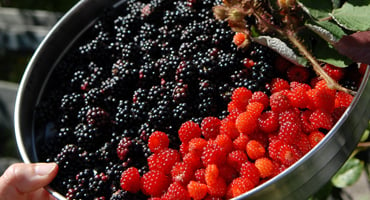Samsø’s five seagull species
By Bjarne Manstrup, Nature guide in Samsø Municipality
Seagulls breed by our shores or inland by lakes. They often live close to people and enjoy the food they can find at landfills, in fishing ports and on farmland. The large gulls also take eggs and chicks from a variety of other coastal birds.
On Samsø, you can spot five different species of gulls most of the year. It is relatively easy to tell the species apart if you know what to look for.
Simple guideline for recognising the five species of seagull:
If you see a large seagull with a very dark back and a strong yellow beak
✓ If it has flesh-coloured legs, it is a Great black-backed gull
✓ If it has yellow legs, it is a Lesser black-backed gull
If you see a seagull with a silver back
✓ If it is large with a strong yellow beak and yellow eyes, it is a Herring gull
✓ If it has a smaller, yellow-green beak and dark eyes, it is a Common gull
✓ If it has a brown head, red legs and a red beak, it is a Black-headed gull
Below is a description of the adults’ appearance in the summer months:
The great black-backed gull is Denmark’s largest seagull, and it is quite common on Samsø. The great black-backed gull is known for its size, the black top, the strong yellow beak with a red dot and the flesh-coloured legs. Wing span about 155 cm.
The herring gull is also a large gull and the most common of all. The herring gull has a silver grey back, a strong yellow beak with a red dot, yellow eyes and flesh-coloured legs. Wing span about 135 cm.
The lesser black-backed gull is also a fairly large gull, and it also has a black back and a yellow beak with a red dot. Herring gull’s legs are bright yellow. This gull favours the open sea more than the other seagulls. Wing span about 125 cm.
The common gull – at first glance – resemble a small herring gull. The beak and legs are greenish yellow, and the beak is clearly smaller than that of the herring gull. The head is rounder and the eyes dark. Wing span around 105 cm.
In the breeding season, the black-headed gull is easily recognised by the brown head, the red beak and the red legs (in the winter months the brown cap is reduced to a small dark spot on both sides of the head). Wing span about 90 cm.
Last updated: 12/08/2020 13:08

